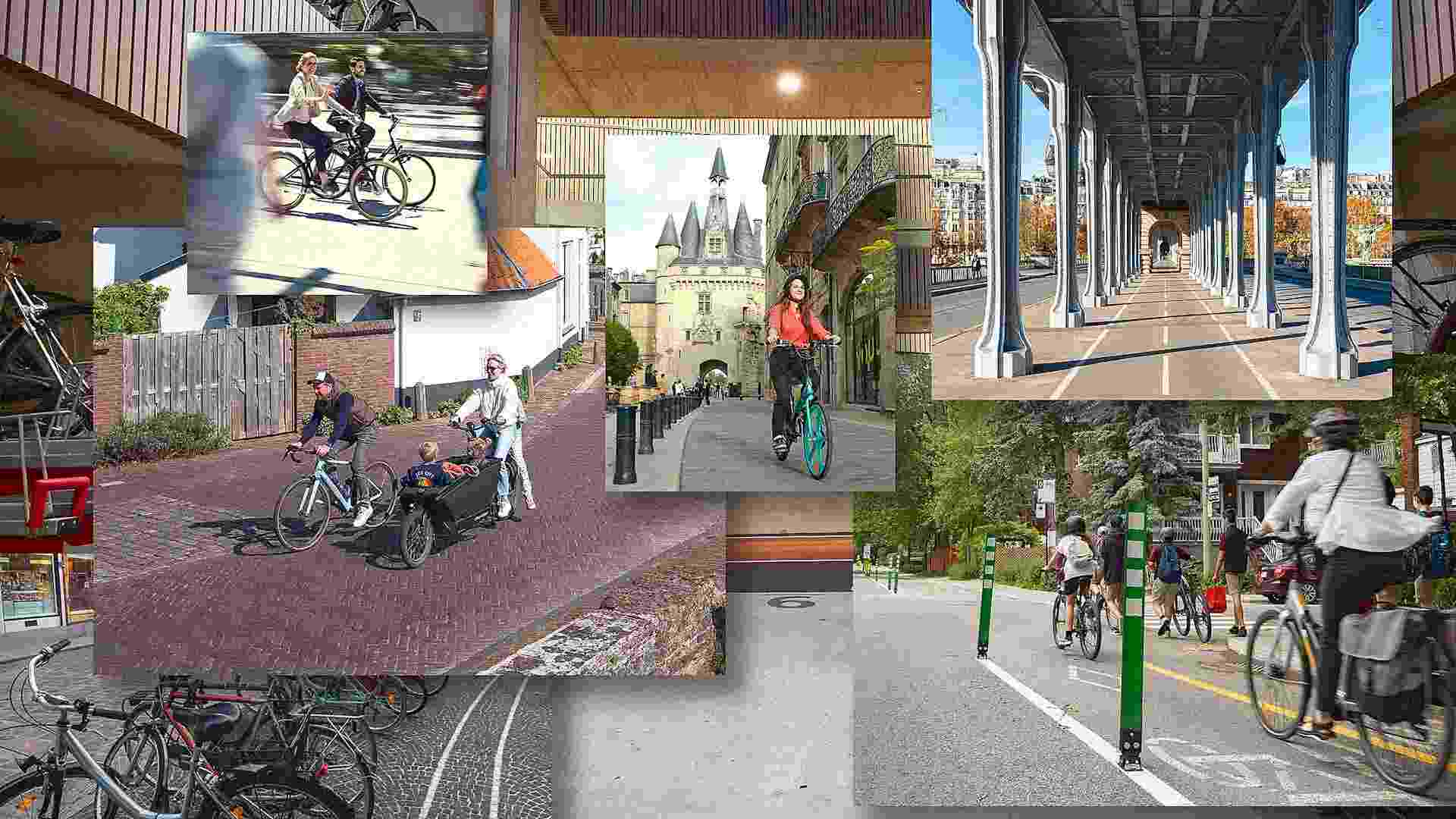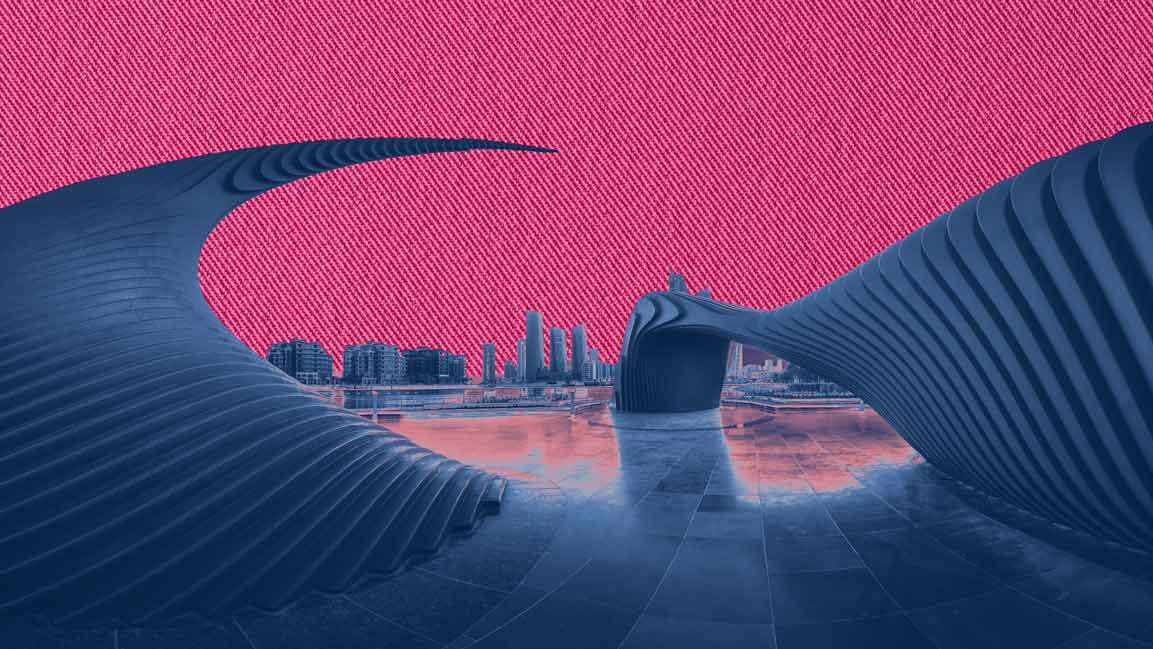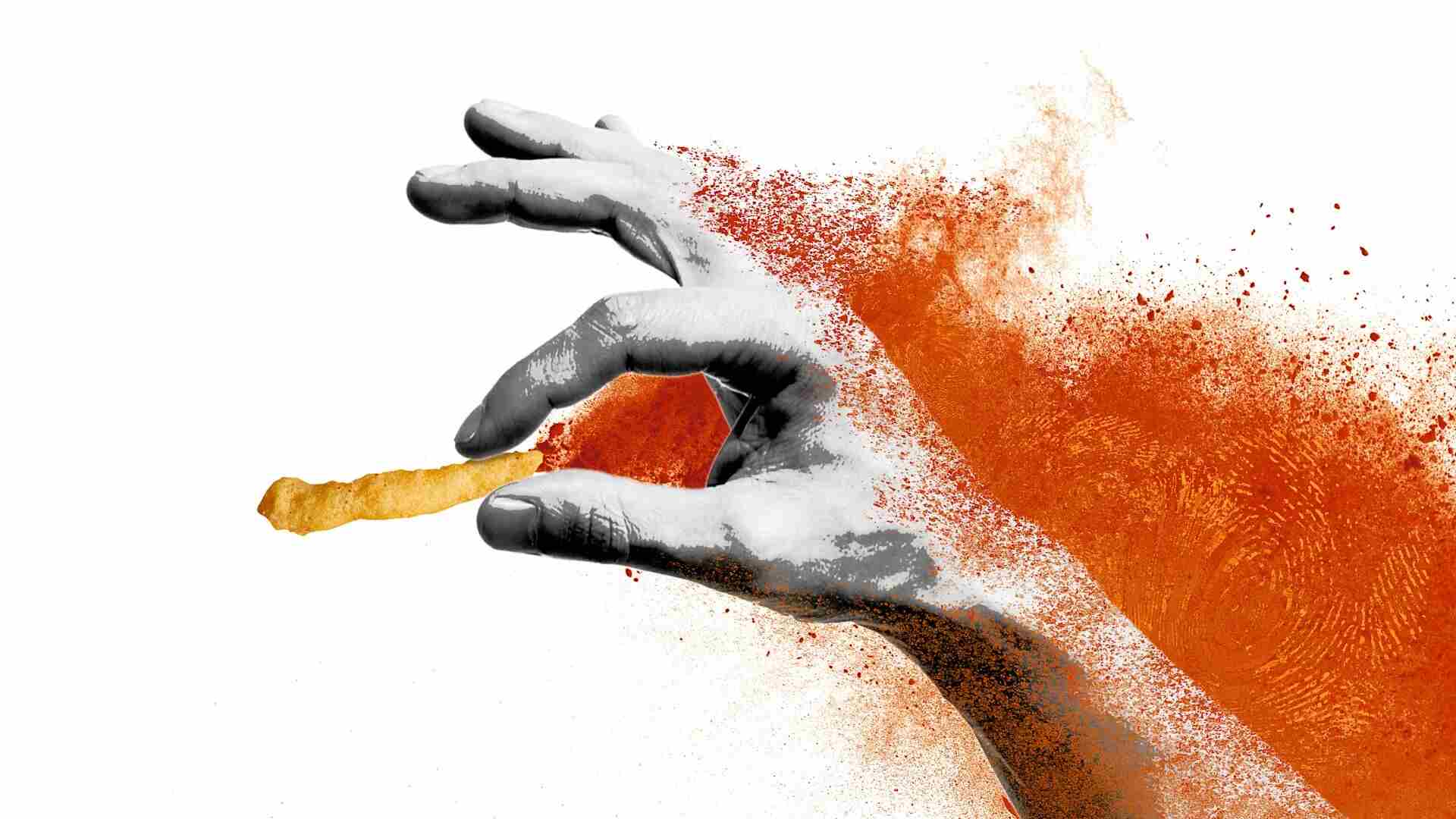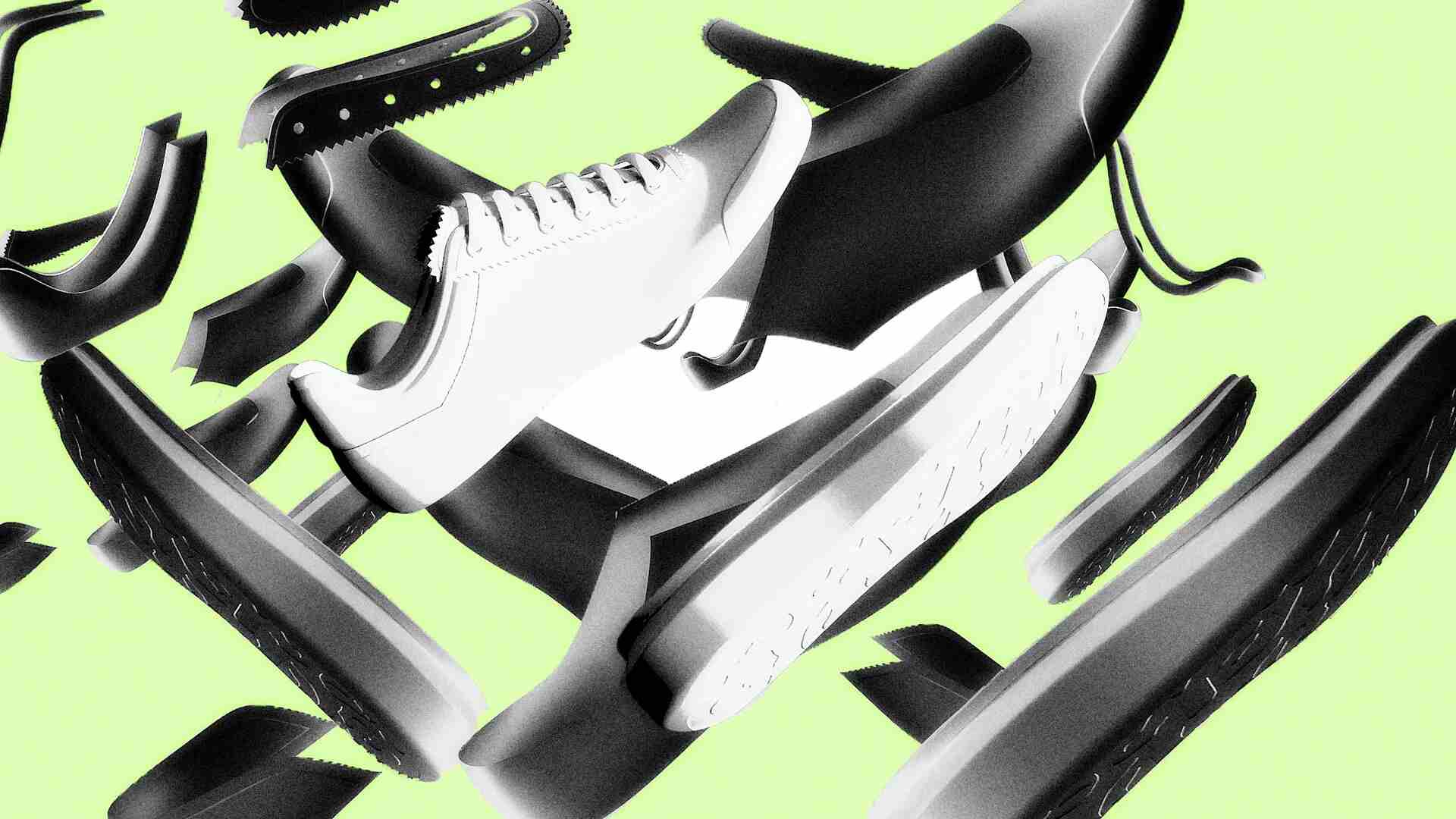- | 8:00 am
What 9 superstar designers actually want from AI
A dream harvester? An end to tedium? Nothing at all? Brian Collins, Jessica Walsh, Forest Young, Giorgia Lupi, and others weigh in.
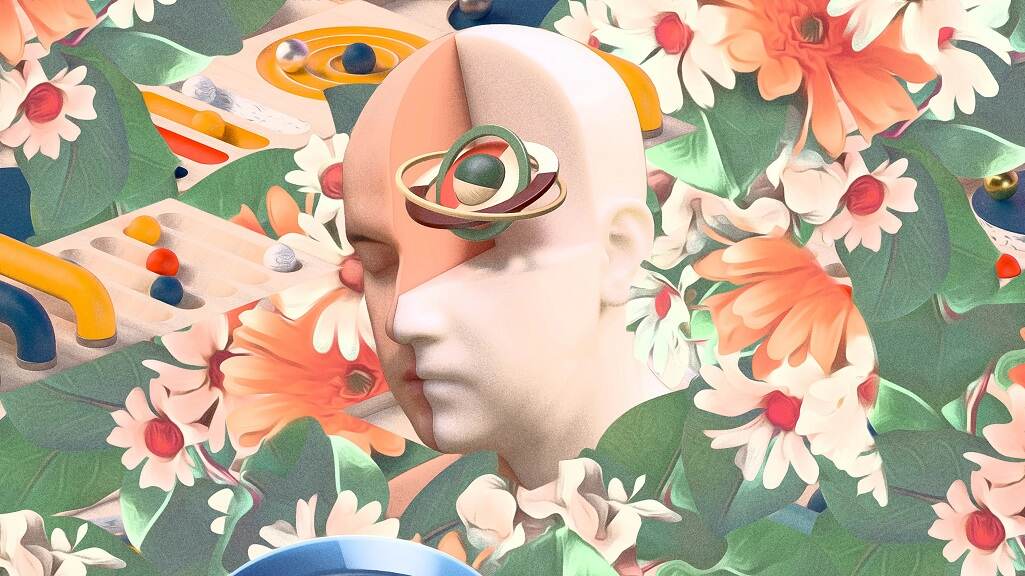
A few years into the AI boom, it’s clear that designers can rely on AI for some things. It can automate tedious tasks in Photoshop that once took up precious time. It can generate images on command (quality be damned!). It can schedule a meeting, respond to an email, and take notes on a Zoom call.
But for all the hype, we know that AI isn’t a silver bullet for the real problems creatives face. Far from it. So we wondered: When it comes to design and creative work, in a blue-sky scenario, what do today’s design leaders wish AI would actually take care of for them?
We asked nine great designers that very question, and got back some interesting answers.
Their answers, seen below, reveal more than productivity hacks. They are a prism into the pain points of a modern design practice, and a view of how some of the best minds in design are thinking about AI.
Pum Lefebure, cofounder and chief creative officer, Design Army
1. Dream Harvester: An AI that records my dreams and subconscious visions while I sleep, then turns them into usable moodboards, storyboards, or campaign concepts the next morning.
2. Taste DNA Engine: AI that learns your creative fingerprint so deeply it can filter endless options, then only show ideas that match your intuition—like your own inner taste amplified.
3. Multidimensional Story Weaver: You give it one idea and AI spins it simultaneously into a film, song, sculpture, VR world, fragrance, and fashion line—all cohesive, all connected.
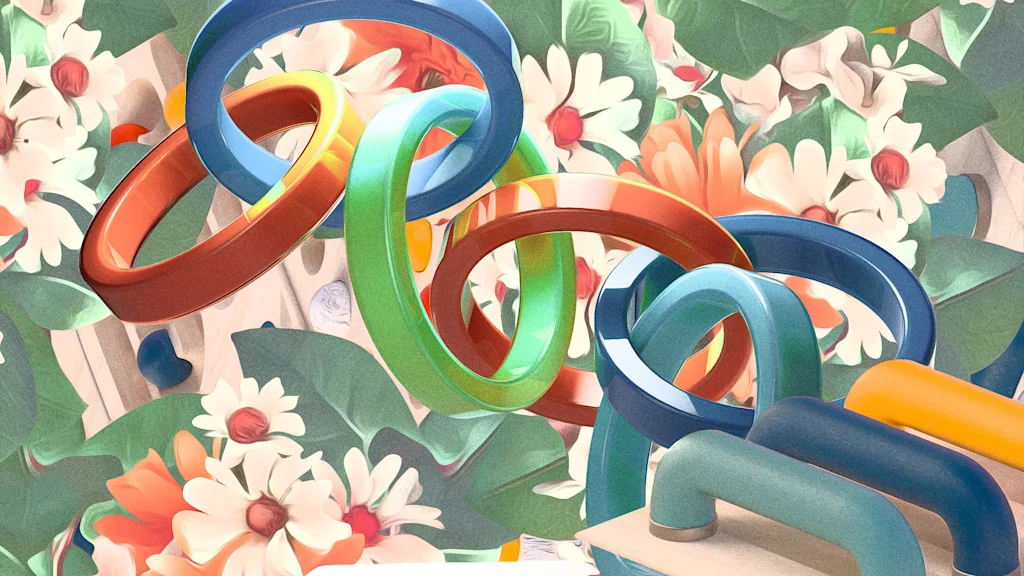
Sara Vienna, chief design officer, Metalab
Everyone says they want AI to take away the busywork, and of course I agree. But I want to push it further. I wish AI could act less like a task runner and more like a thought partner—a thought partner that I actually trust with context and nuance. Point out the edge cases, flag accessibility issues without watering everything down, remind me when I’m stretching myself too thin, even help me recognize the milestones that matter in the lives of people around me.
Because we’re living in a sea of sameness where anyone can vibe code and ship something, the quality bar is so low. But is it good? Is it new? Does it deserve to exist? That’s the gap I want AI to help close, not just speed up production, but raise the bar on quality and meaning.
Jessica Walsh, CEO, founder and creative director, &Walsh
Join meetings for me? I know that’s not great to say, but I find that when I’m in meetings all day, it takes a toll on my creativity . . . yet I know how important it is to be present for our clients.
The more obvious answer—handling all the financial aspects of the business, like accounting, invoicing, forecasting, etc. For any creative agency owner, it can be a huge creative time suck to constantly think about.
I also think there could be a much better system for archiving our work and project learnings so that anyone who touches those projects in the future has access to them in a really easy-to-understand way. After leading an agency for more than 15 years with a ton of repeat clients, we’re always looking to optimize this, and I think AI could integrate here in some really exciting ways
Aaron Draplin, owner, Draplin Design Co.
I will say it’s already doing exactly what I would have really ever hoped and dreamed that it would ever do, which is just that generative fill thing in Adobe. The idea that if I have a vertical image that’s given to me and I have to make it into a square, I can just do a couple clicks for that generative fill—it’s not crossing an ethical line at that point. It’s just filling in dead space. That’s amazing, because I would have had to do that myself through trickery and fades and gradients and bullshits and things and stuff. Now that thing can go do it that quick.
Gui Seiz, director of design, Figma
My biggest wish for AI is to hold on to context and intent the same way a good collaborator does. I want to see AI shift from a productivity hack to a genuine thought partner in the creative process. It should track the intent behind decisions, suggest course corrections when I veer off track, and help me stay in flow. The goal isn’t just to work faster, it’s to work with clarity and help designers navigate the messy parts of the process: the ambiguity, the feedback loops, the gap between rough sketch and refined product.
Where it gets interesting is when AI really remembers your creative journey across projects, it can start connecting dots you can’t see. Maybe it surfaces a discarded approach from months ago that suddenly fits your current work, or reveals patterns in your decision-making that point toward unexplored directions.
Leta Sobierajski, partner, Wade and Leta
I’m hyperconscious of how utilizing AI is shortening my thought process. And while it is enjoyable to embrace cut corners and shortcuts of, say, writing an artist statement or summarizing a brief, I’m a bit terrified by its ability to think more succinctly than I do and automate the processes that have led me to become the creative person that I am today, no matter how grueling they have been. A benefit to the way I work is that my interpretations are never black or white—following an artistic practice is about the meandering and the daydreaming, and with the use of AI that magic may be depleted.
So, clearly I’m trying to avoid it for any high-level thinking and writing, as this dependence feels like a gradual dulling of a sharp knife. That said, I’d appreciate it more if it served me a sandwich every so often when I forget to eat, or if perhaps it could remove me from my chair when I’ve sat for too long to encourage me to go enjoy the weather instead.
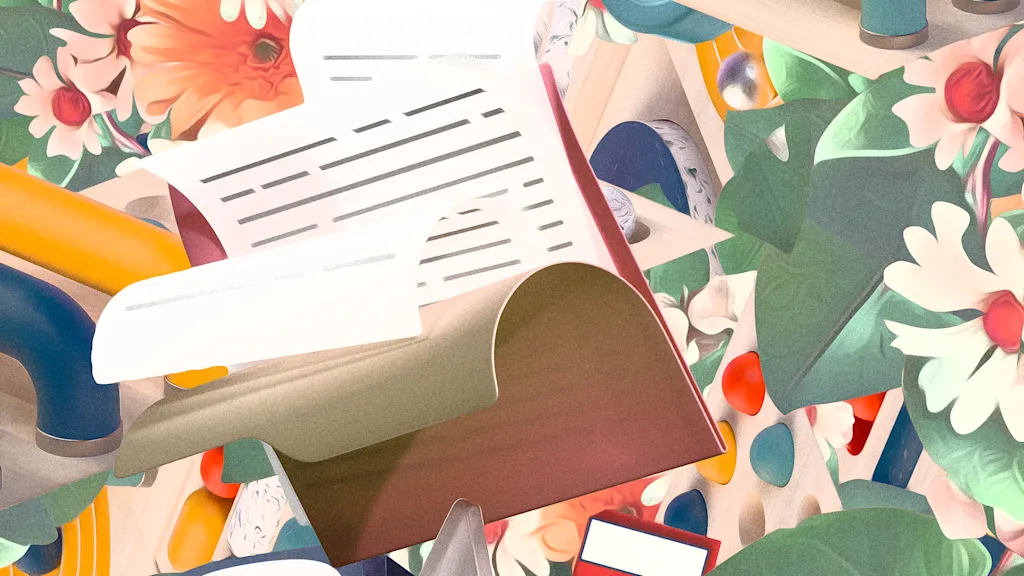
Giorgia Lupi, partner, Pentagram
My “blue-sky scenario” would be an AI model that reduces the labor of tedious tasks, allows us to test ideas faster, but does not erase the important moments of frustration, collaboration, redirection, and happy accidents in the design process, as that is ultimately what brings the language of design to life. But I think there are important considerations to be made.
First of all, when you ask about how AI can be used in the design process, you would likely get different answers from a design director than you would from a hands-on designer who might see a time-saving benefit to AI-powered visual modeling tools. And secondly, although I see value in continuing to explore what AI can do for the field, I still have open questions: Can the shortcuts made possible by AI lead to similarly valuable designs? Do these shortcuts preclude designers from important processes and experiences? Is there a way that AI can be used to eliminate tedium without necessarily informing the visual outcome?
Without AI, whether you design alone or with a team, the design’s detours, loose experimentation, happy accidents, and outright mistakes all lead to a unique result. As much as I’ve enjoyed generative AI in the early days, lately my experience has been marked by frustration, as AI agreeably translates my requests into outcomes that feel like the result of a very different process that is neither collaborative nor solely mine, which is what I am reflecting on these days.
When I think about why our clients come to us, it is to transform their stories, ideas, and brands into visual languages that people can connect with. For me, that still means finding the human element. No two designers will craft the same solution for a project, and the beauty in this is that a designer’s work so uniquely reflects their own perspective. I do not want the integration of AI, with its specific training and incentive to please, to result in a great flattening of design, where well-worn algorithmic decisions make everything look the same.
Forest Young, executive director of design, FundamentalCo
In a blue-sky scenario, a designer would never need to wait to be the recipient of a mediocre brief—one that reeks with a desperate hunger for relevance. She could scrape the subreddits for unmet needs, painful experiences, and problems worth solving, for communities that she felt a kinship with, and design a solution—a brand, a product, an experience with an inspired sense of autonomy and empathy.
In short, designers should not believe the hype, but instead [they should] believe in themselves. We must endure the torrent of efficiency-laden rhetoric until we reach an equilibrium, and discover a way to harness this technology to capacitize; to imagine beyond new skins of things to new things altogether. As industries furiously build on top of identical infrastructures and de facto research implications, unique expression will become a peerless signature. Self-assured designers empowered by AI will drive world-building, product visions, and MVPs, as well as unforeseen form language. Like any worthwhile growing pains, we must place a wager on who we can become beyond who we once were.
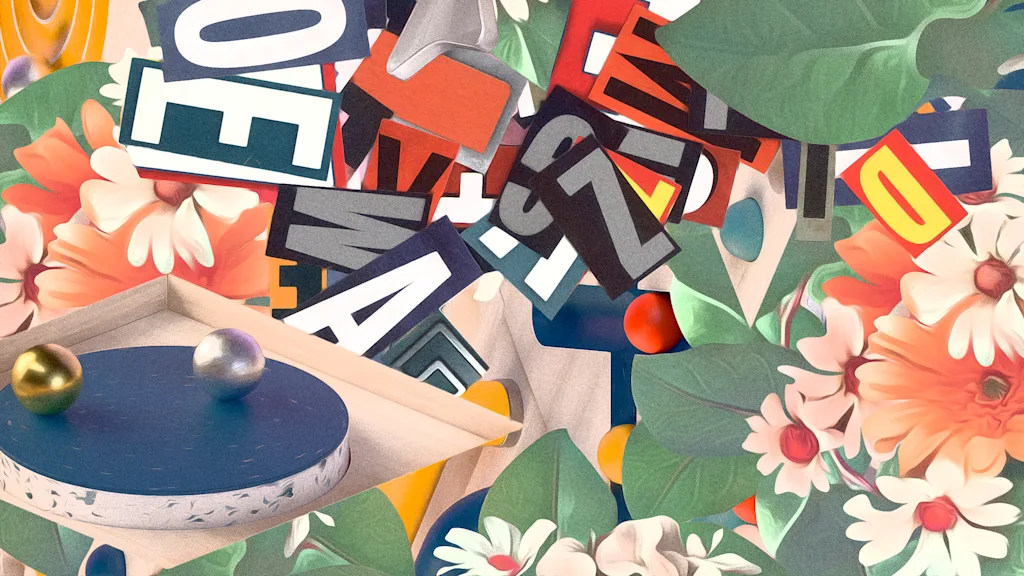
Brian Collins, cofounder, Collins
Imagine if every deck, doc, and post of yours stays on-brand. Not because you had to police them all to death, but because the brand itself is living and defending its own borders like a benevolent nightclub bouncer.
If AI helps the scaffolding hold itself up, we get to spend our energy on the big swings—the ideas, the products, the campaigns no one’s ever seen before—while the system keeps the everyday stuff from collapsing into chaos.
The dream, the way I saw it, was never to sit in front of a drafting table for three days adjusting kerning by hand. That wasn’t noble. That was carpal tunnel.
The dream for designers was to have a creative system that keeps running when you’re asleep or sulking. To have a collaborator who has ideas faster than you can write them down, and keeps yours intact from the moment they leave your desk to the minute they appear on a screen, in a store, or in someone’s home.
Charles Eames warned us, “Never delegate your understanding.”
Fine. Don’t.
But now you can delegate everything else and watch it go.











